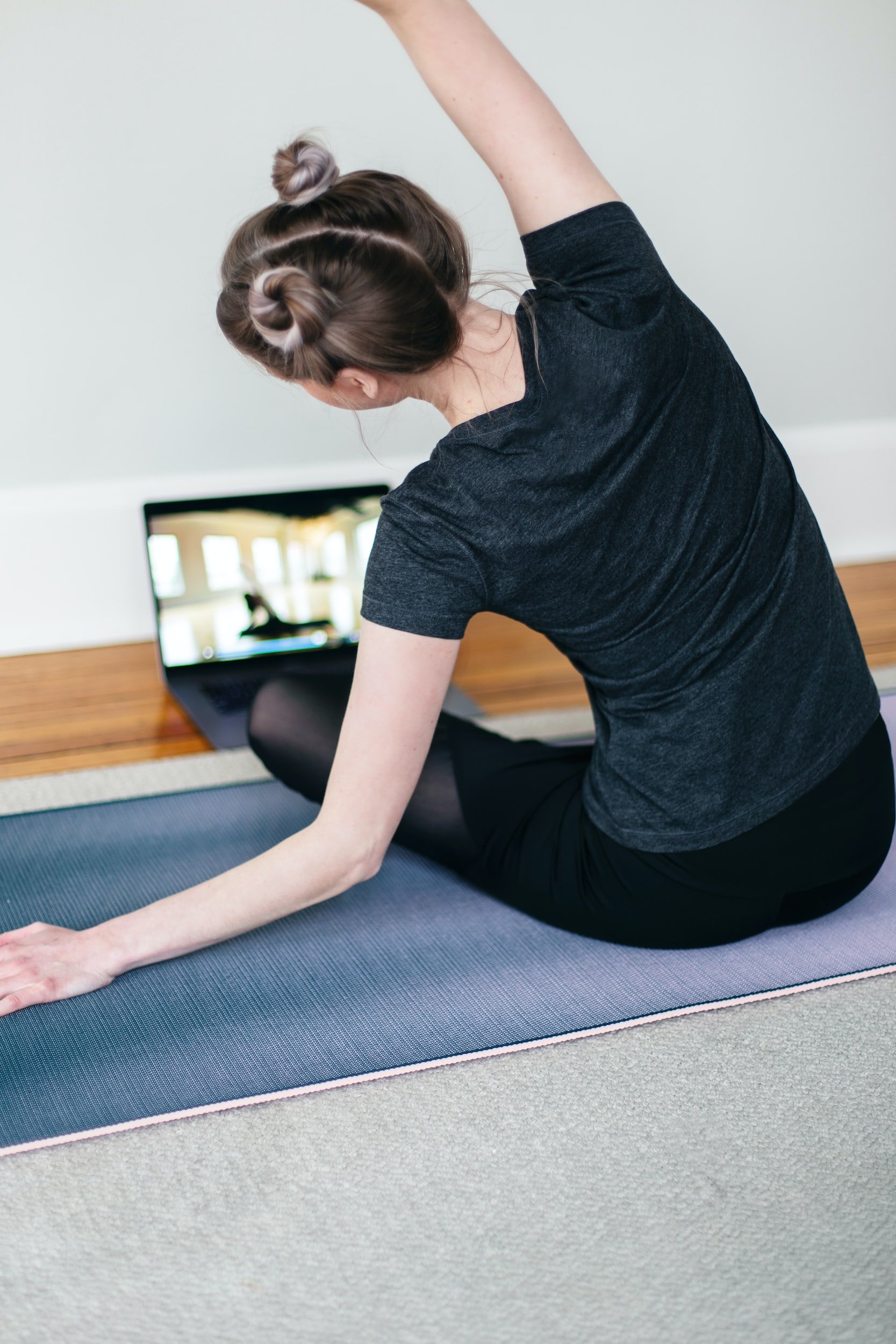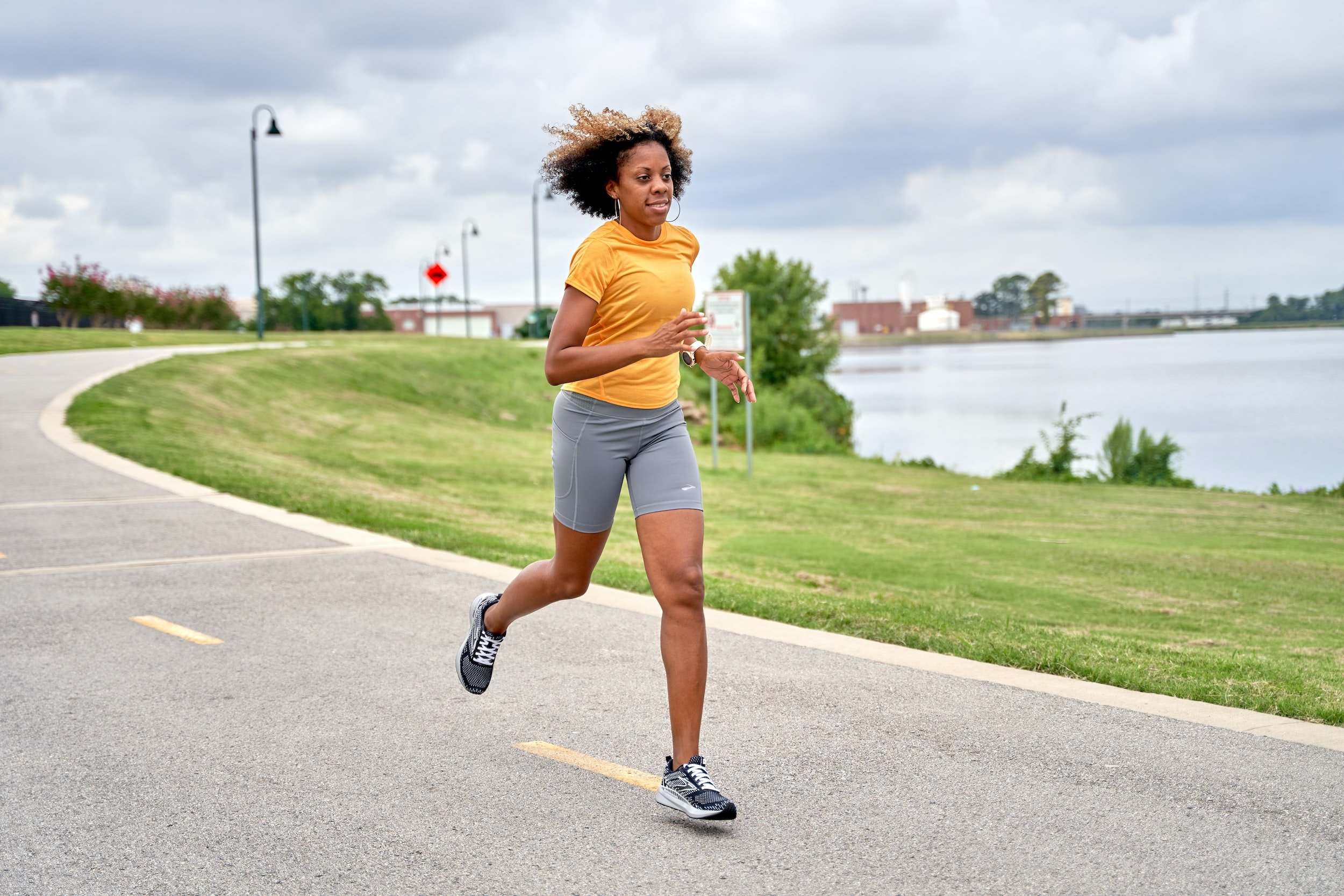Newborn/Fourth Trimester: Your newborn baby is your priority. Your schedule is completely unpredictable. You feel disconnected from your body (even if you were active during pregnancy). Your tissue is healing. You are sleep-deprived.
What exercise could look like: Recovery is your priority. If you’ve had a c-section or any vaginal delivery complications, healing before increasing activity is key. When you’re ready, begin with stretching and activation of your deeper core muscles through breath. Try to reconnect with pelvic floor muscles (see a pelvic floor PT). Take short walks with the baby in the stroller. Walking is a great form of exercise early on in addition to your short 5-10 minute bouts of core strengthening. Gradually increase the duration of your walks and add bodyweight strength exercises. Focus on posture and stretching.
Baby’s first year/Postpartum: You’re still tired, but you’re feeling motivated to start to feel like yourself again. You have very little time for yourself and your schedule is dictated by baby/work/family. You may be feeling the overuse aches in your feet, wrists, and back from taking care of the baby. Hormones may still be shifting. You may have weight loss goals. Your abs are different and the pelvic floor may be giving you trouble.
What exercise could look like: Enlist the help of a postnatal exercise specialist. Walking is still one of the best modes of exercise because it can be conveniently worked into your day, outdoors can boost your mood/energy, and your baby can join you. Gradually progress in your core exercises, but still prioritize deep abdominal muscles and pelvic floor through breathing. You can begin to incorporate more strength training, with a focus on movement patterns (squats, deadlifts, lunges), core, and muscles to help with aches like upper back and glutes. You’ll have the most success with short 10-15 minute bouts of exercise each day.
Toddler years/Pre-Conception: You still may be juggling an inconsistent schedule with naps and nighttime sleep habits, but you’re less sleep-deprived. Your energy is challenged by keeping up with a toddler. You’re starting to feel like yourself again, but may not be completely pleased with your inconsistent exercise routine. You might be motivated by the fact you’re going to try for another baby, or the idea that your body won’t endure another pregnancy…either way, you want to ramp up your fitness routine. You appreciate the role of physical activity in your mental health, but also the fact you now have to role model healthy behaviors for your family.




























